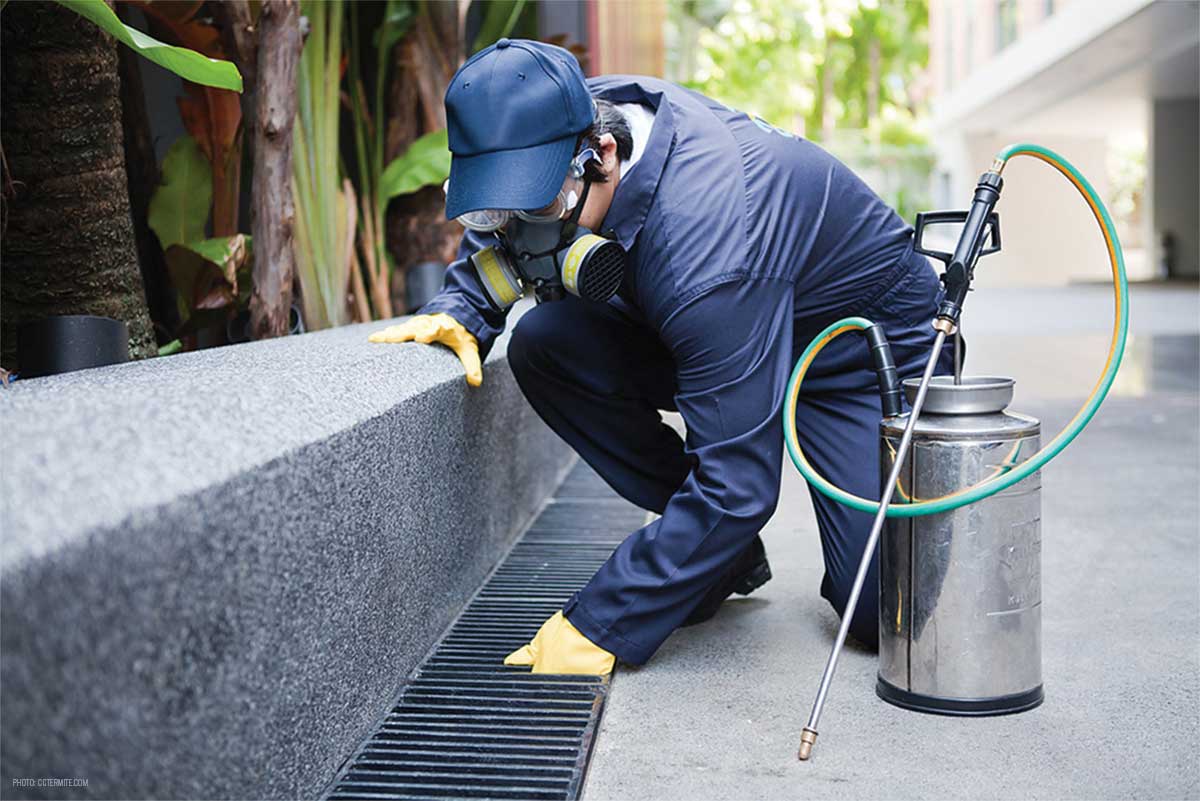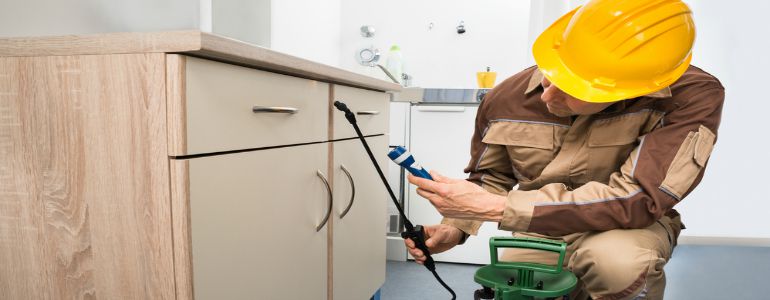Exterminator DC: Your Service for Pest-Free Residing In Washington DC!
Exterminator DC: Your Service for Pest-Free Residing In Washington DC!
Blog Article
Expert Pest Control Techniques for Long-Term Results
Professional bug control techniques envelop a detailed strategy that starts with a comprehensive inspection and evaluation, followed by precise parasite identification to recognize their behavior patterns. The execution of Integrated Insect Monitoring (IPM) principles, paired with eco-conscious treatments, forms the keystone of sustainable bug eradication.
Evaluation and Assessment
Upon getting in a building for bug control solutions, the initial step is an extensive evaluation and evaluation to determine the level of the infestation and figure out one of the most reliable treatment plan. Expert pest control specialists are educated to meticulously analyze the facilities, seeking indicators of parasite activity such as droppings, munch marks, nests, or any kind of architectural damages. They will certainly additionally analyze the problems that might be bring in parasites, such as food sources, water leaks, or entrance points.

Bug Identification and Behavior

Additionally, comprehending the actions of the determined bug is crucial to carrying out efficient control steps. Knowing where insects nest, what they feed on, and their activity patterns can aid pest control specialists design methods to remove them effectively.
Integrated Insect Management (IPM)
Integrated Pest Management (IPM) approaches incorporate several methods to control and protect against insect problems in a lasting and ecologically friendly fashion. bed bug treatment. By incorporating techniques such as organic control, habitat control, modification of social methods, and the usage of resistant selections, IPM aims to minimize using chemical pesticides
One of the crucial concepts of IPM is the emphasis on avoidance. This proactive approach includes monitoring bug populations consistently to find any possible problems before they rise. By identifying parasite problems beforehand, pest control steps can be applied quickly and effectively.
In addition, IPM promotes using non-toxic insect control methods whenever feasible. This can include utilizing all-natural predators of the insects, introducing valuable pests, or making use of pheromones to disrupt breeding patterns. By reducing reliance on chemical pesticides, IPM not just shields the environment however likewise aids maintain a balance in the community.
Environmentally-Friendly Treatments
Executing eco-conscious techniques in parasite control procedures can efficiently address infestations while prioritizing environmental sustainability. Environmentally-friendly treatments concentrate on lessening the influence of parasite control methods on environments, non-target microorganisms, and human wellness. These techniques usually involve the use of natural predators, such as ladybugs or nematodes, to control pest populations, reducing the demand for chemical interventions. Furthermore, methods like habitat control, such as adjusting wetness levels or eliminating food resources, can help hinder insects without making use of damaging substances.
One more key facet of environmentally-friendly therapies is making use of organic and biodegradable products that damage down swiftly without leaving dangerous residues in the setting. Organic insecticides acquired from plants like chrysanthemums or neem offer efficient parasite control while presenting marginal risk to non-target species. Furthermore, employing approaches like warm treatments or scent traps can target details bugs with precision, lowering the general ecological effect of bug control methods.
Recurring Monitoring and Maintenance
Consistent security and upkeep are crucial components of efficient pest control management. Continuous surveillance plays a critical role in making sure that parasite infestations are found early and taken care of promptly. Routine examinations by experienced professionals are required to recognize any indications of bug task, assess the efficiency of previous therapies, and make adjustments to the pest control plan as required. By keeping an eye on bug populaces over time, insect control specialists can track fads, expect prospective concerns, and implement safety nets to bed bug treatment lessen the risk of future invasions.
Along with tracking, upkeep methods are vital for long-term insect control success. This includes carrying out proper hygiene steps to get rid of potential food and water sources for parasites, sealing off access indicate prevent parasites from entering the facilities, and addressing any architectural problems that can help with bug invasions (Pest control Washington DC). By integrating ongoing surveillance and maintenance right into an incorporated pest monitoring technique, services can ensure a pest-free setting and safeguard their residential or commercial property against costly damages and health dangers
Final Thought
In verdict, utilizing expert insect control methods such as thorough evaluation and evaluation, precise bug recognition and understanding of their actions, incorporated pest management techniques, environmentally-friendly treatments, and continuous tracking and upkeep are necessary for attaining long-term cause pest control. By executing these techniques, individuals can efficiently take care of bug problems and keep a pest-free setting in a lasting way.
Report this page